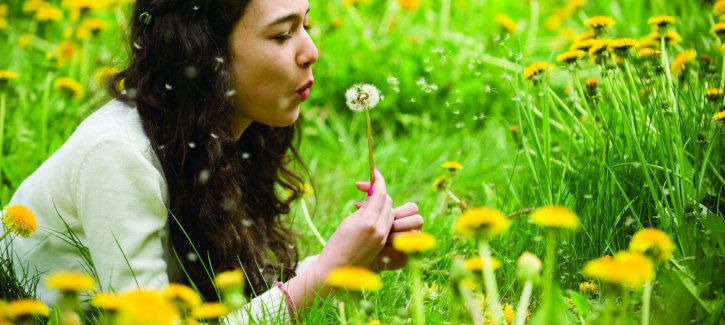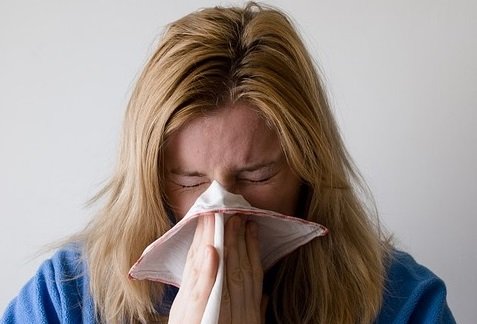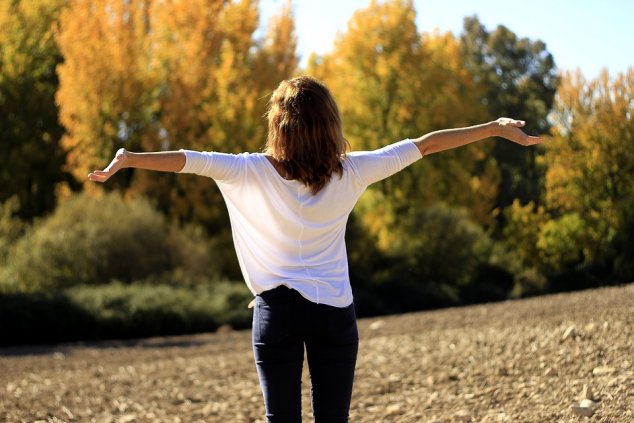Every year, approximately one in ten people in Ireland experiences the discomfort of allergic rhinitis, commonly referred to as Hayfever.

Some people only have symptoms during the summer, and this condition is called seasonal allergic rhinitis. Other people have symptoms all year round - this is called perennial allergic rhinitis.
Allergic rhinitis is common among people with asthma, with 60-80% of people with asthma also experiencing allergic rhinitis. Both asthma and allergic rhinitis are caused by an allergic reaction and if you have asthma, allergic rhinitis can make your symptoms worse.

One Airway, One Disease
Asthma and allergic rhinitis are related conditions linked by a common airway. For this reason, international guidelines recommend that asthma and allergic rhinitis should be treated together.
The air we breathe passes through our nose and continues down the airway to the lungs. Anything that stops the free flow of air to our lungs has the potential to cause problems.
With asthma, the breathlessness and wheezing is caused by narrowing of the small branched airways in the lungs, called bronchioles. Inflammation of these small airways causes increased phlegm which makes it harder for the air to flow to the lungs. People with asthma often develop a cough - which is an attempt to clear the airways.
Allergic rhinitis causes an obstruction in the nose. The inside of the nasal membrane becomes inflamed, causing a blocked and runny nose. In the same way as coughing is an attempt to clear the obstruction in the lower part of the airway, sneezing is an attempt to clear the mucus from the upper part of the airway.
If you have an allergy, your body reacts when you come into contact with a particular allergen. If allergens are inhaled or come in contact with your eyes, they irritate the sensitive linings of your nose, throat and eyes, causing the symptoms of allergic rhinitis.



